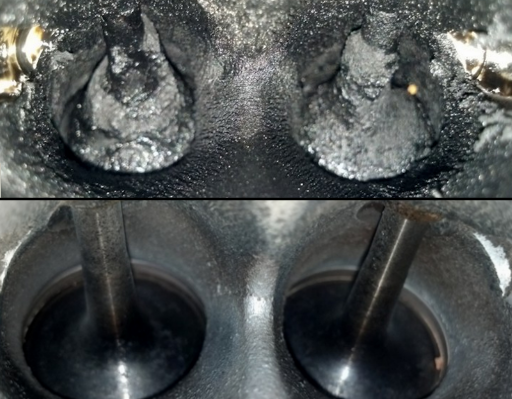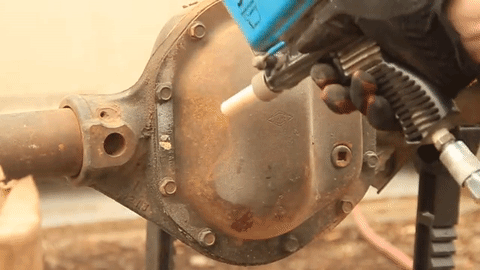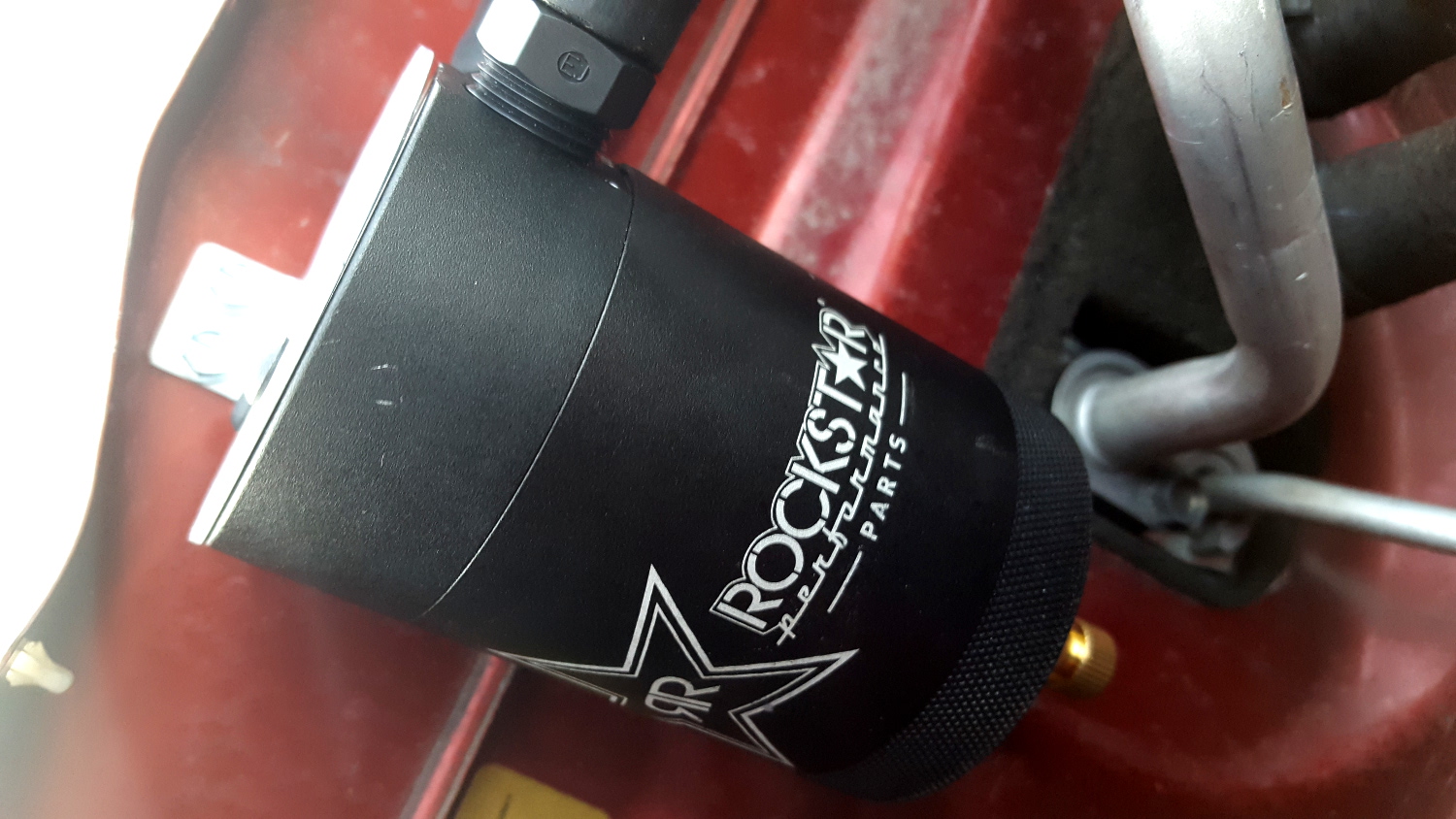
What is a Catch-can and Why do I need one?
You’ve spent the money to build your dream engine just right, now you need to make sure it stays running properly. You don’t want an intake tract full of blow-by on your fresh build, so what do you do?
Easy, install a catch-can!

Catch cans catch things aside from oil. One thing they catch a lot of is myths around their installation and operation, so we’re here to help clear the air around these simple products that can help your engine breathe easier.
Let’s start with the basics…What is a catch-can? To really understand this, you’ll need to understand your car’s PCV system.
What is a PCV system?
Your PCV (positive crankcase ventilation) system exists to allow excess pressure to escape your engine’s bottom end. This pressure typically comes in the form of blow-by which is a byproduct of the combustion process. Small amounts of fuel and exhaust gases from your engine’s power stroke escape through the tiny gap between your piston rings and cylinder walls. This builds up pressure in the bottom end of your engine which is vented by a small check-valve known as the PCV valve. This valve leads to a small hose that carries this pressure to your intake manifold. The problem should be obvious. Small amounts of oil and the nasty by-products of the combustion process eventually build up in the intake manifold and intake valves, not to mention it contaminates the air-to-fuel ratio which affects the engine’s performance!

Photo courtesy of Autobahn Automotive
Carbon build-up on your valves leads to a host of problems. Valves that don’t seal correctly will drastically reduce the performance of your engine. The build-up can also reduce the amount of available space for air to travel, reducing the amount of air your engine can cram into the cylinders per intake stroke. This also contributes to increased emissions which may cause you to fail a local inspection.
How do I fix this?
If you own a direct-injection engine, chances are you’ve heard of walnut or media blasting. This process removes carbon and oil build-up from valves and intake manifolds by literally blasting the surfaces with crushed walnut shells. This is highly recommended maintenance for newer BMW and Subaru’s. Leaving this carbon build-up unchecked can lead to performance issues and Check Engine Lights.

Okay, so this isn’t walnut blasting, but sandblasting is a very similar process.
Instead of sand, you use compressed air to shoot crushed walnuts at your valves to remove the carbon build-up.
Image courtesy of GIPHY
Vehicles with port-injection won’t run into the issue of gunked up valves as easily since gasoline is sprayed directly onto the back of the valves in an effort to keep them clean, but the rest of the intake system is a different story. As we saw with our own 2007 Miata, abusing the throttle can lead to oil making its way into the intake tract and pooling. This can lead to a dirty MAF sensor which may not provide an accurate reading to your ECU. A bad signal can cause low power output from the engine. Cleaning our intake tract and MAF gave us a noticeable gain in power, so make sure yours stays clean!
So where does a catch-can come in?
Glad you asked! A catch-can intercepts the air traveling through your PCV system. By providing a large space for air to slow down, oil can condense and form droplets which will collect inside the can rather than your intake or valves! Premium catch-cans will include some sort of filter to improve the efficiency of this process by giving the oil something to cling to. We highly recommend a filtered catch-can if you really want full protection.

Image courtesy of Radium Engineering
Do they actually work?
Yes. Multiple racing teams, drifters, and other professionals in the industry use them and there are plenty of manufacturers investing tons of money into their development.
We’ve seen a complete turn around on our own car. Our Miata’s intact tract was coated with oil every week, requiring cleaning to keep things performing at 100%. Our catch-can setup has taken a weekly disassemble and cleaning down to a monthly unscrewing of the can.
Why not one of those little filters?
Sure, if you are building a pure race car. If this is your daily, think twice about this cheaper alternative. Other than coating your engine bay with a mist of oil vapors, installing a breather element can reduce the vacuum force that pulls pressure from the crankcase and helps seal the piston rings. This leads to increased ring wear and a shorter engine lifespan. This is why you’ll normally see breathers instead of catch-cans on purpose-built drag cars. Their engines are under constant stress and are rebuilt often. Chances are, your daily ride’s isn’t.
We spoke with a few state vehicle inspectors on the matter as well. If you live in an area where popping your hood is mandatory for inspection, those little filters might get you into trouble as they allow for blow-by gases to escape into the atmosphere which isn’t great for the environment (who knew?).

Alright, so how hard is it to install one?
This will depend on your car, but it is a relatively easy mod!
You are essentially intercepting the hose coming from your PCV valve. Connect that to the inlet of your catch-can then run the outlet line to wherever the PCV hose was originally going. Simple!
We have a quick guide available to help you out here
Where can I get one?
Plenty of places sell these simple solutions but there are a few things to look out for. Most of the cheap options you’ll find online will be simply an empty can with nothing to filter out oil from the air traveling through.
We recommend baffled catch cans so there is something to keep the oil from sloshing around and bouncing back into the outlet. This combined with a proper filter will ensure you are collecting every drop of oil passing through.
No matter where you get yours, your car and the environment will thank you.


